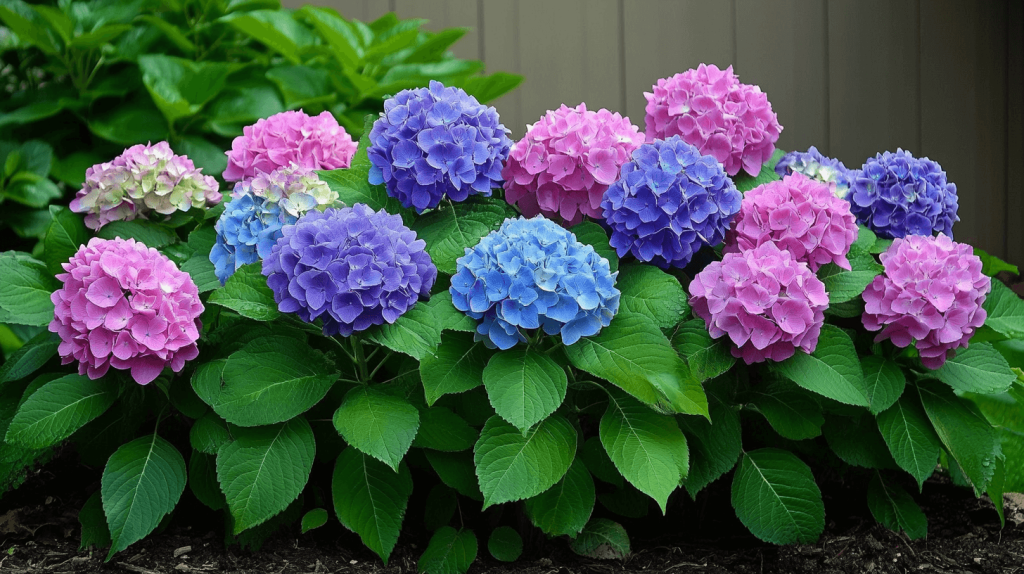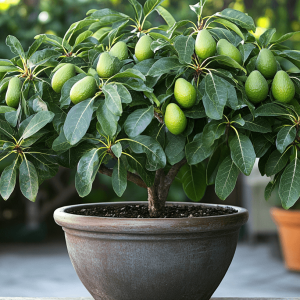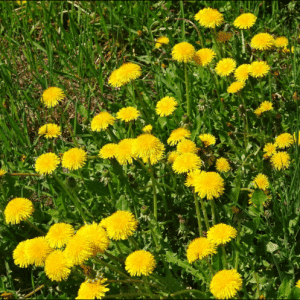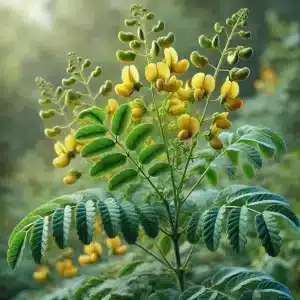
Hydrangeas are beloved for their lush, vibrant blooms that can transform any garden into a summer paradise. If you want to ensure your hydrangeas produce impressive flowers, consider using a homemade fertilizer. Not only is it cost-effective, but it also allows you to control the ingredients and provide your plants with the nutrients they need. Here’s a detailed guide on how to create and use a homemade fertilizer for hydrangeas.

Understanding Hydrangea Nutrient Needs
Before diving into the recipe, it’s important to understand the nutrient needs of hydrangeas:
- Nitrogen (N): Promotes healthy leaf and stem growth.
- Phosphorus (P): Essential for root development and flowering.
- Potassium (K): Helps with overall plant health and disease resistance.
Hydrangeas also benefit from trace elements like magnesium, iron, and calcium. Achieving a balanced mix of these nutrients is key to spectacular blooms.
Homemade Fertilizer Recipe
Ingredients
- Banana Peels: Rich in potassium.
- Coffee Grounds: Provide nitrogen.
- Eggshells: Source of calcium.
- Epsom Salt: Supplies magnesium.
- Fish Emulsion (optional): Boosts nitrogen and phosphorus.
- Compost: Adds organic matter and various nutrients.
Instructions
- Collect and Prepare Ingredients:
- Save banana peels, let them dry, and then grind them into a powder.
- Collect used coffee grounds and allow them to dry.
- Rinse and dry eggshells, then crush them into a fine powder.
- Measure out a tablespoon of Epsom salt.
- Mix the Fertilizer:
- In a large container, combine the following:
- 1 cup of banana peel powder
- 1 cup of dried coffee grounds
- 1 cup of crushed eggshells
- 1 tablespoon of Epsom salt
- If using, add a few tablespoons of fish emulsion.
- Add 1-2 cups of compost to the mixture to enhance nutrient content and improve soil structure.
- In a large container, combine the following:

- Apply the Fertilizer:
- Spread the mixture evenly around the base of each hydrangea plant.
- Gently work it into the top layer of soil using a garden fork or your hands.
- Water thoroughly to help the nutrients start seeping into the soil.
Additional Tips for Healthy Hydrangeas
Adjusting Soil pH
Hydrangeas are unique in that their flower color can change based on soil pH. To achieve the desired color:
- Blue Blooms: Acidic soil (pH 5.2-5.5). Add aluminum sulfate or pine needles.
- Pink Blooms: Alkaline soil (pH 6.0-6.2). Add lime to the soil.
Mulching
Apply a 2-3 inch layer of mulch around your hydrangeas to help retain moisture, suppress weeds, and regulate soil temperature. Organic mulch such as shredded bark or leaves is ideal.
Watering
Hydrangeas prefer consistently moist soil but do not tolerate waterlogged conditions. Water deeply once or twice a week, especially during dry spells.
Pruning
Prune your hydrangeas to remove dead or weak stems and encourage new growth. The timing and method depend on the type of hydrangea:
- Bigleaf and Oakleaf Hydrangeas: Prune after blooming.
- Panicle and Smooth Hydrangeas: Prune in late winter or early spring before new growth starts.

Conclusion
Creating a homemade fertilizer for your hydrangeas is a simple yet effective way to ensure they receive the nutrients they need to produce stunning summer blooms. By understanding their specific nutrient requirements and adjusting your care routine, you can enjoy a garden filled with vibrant, healthy hydrangeas. Happy gardening!






